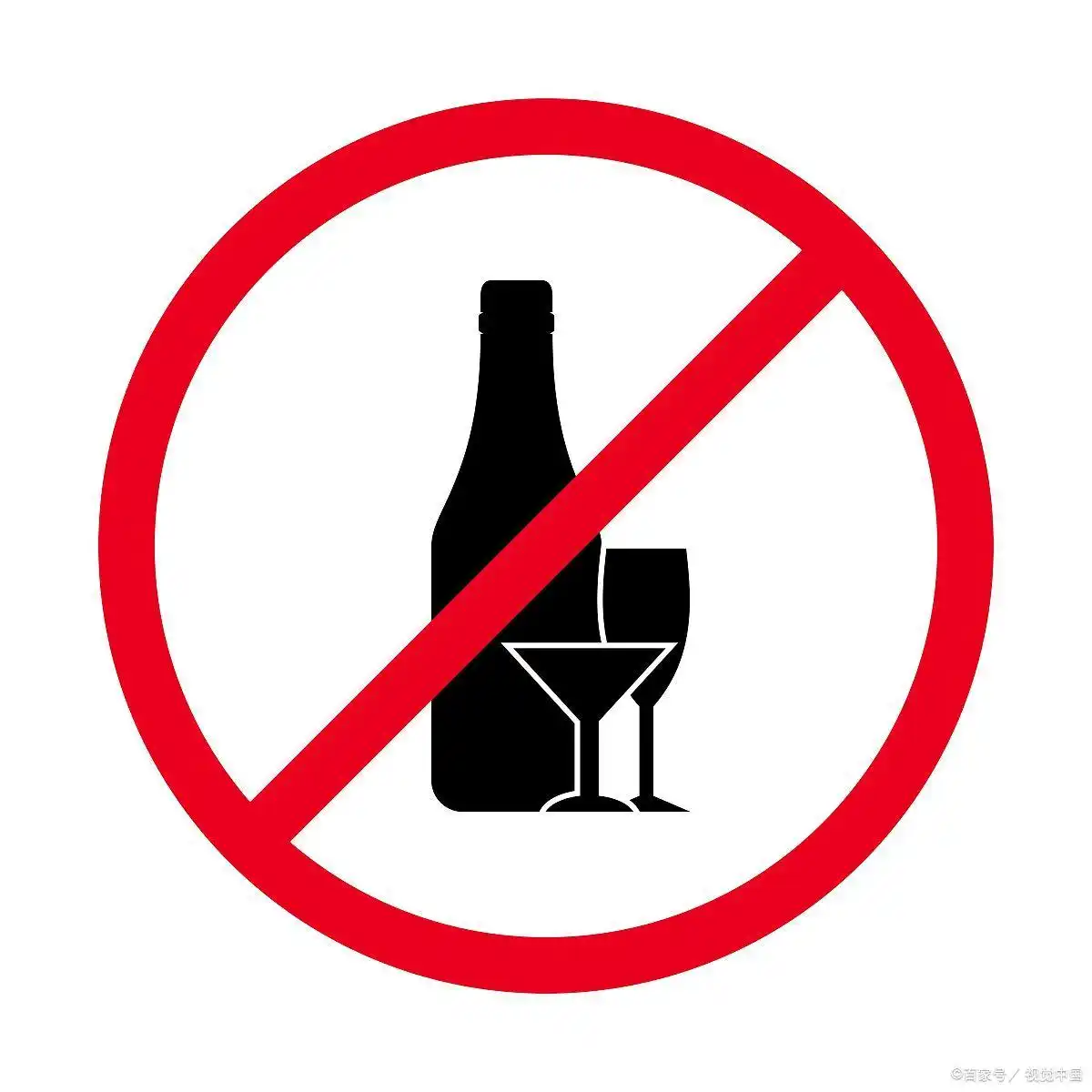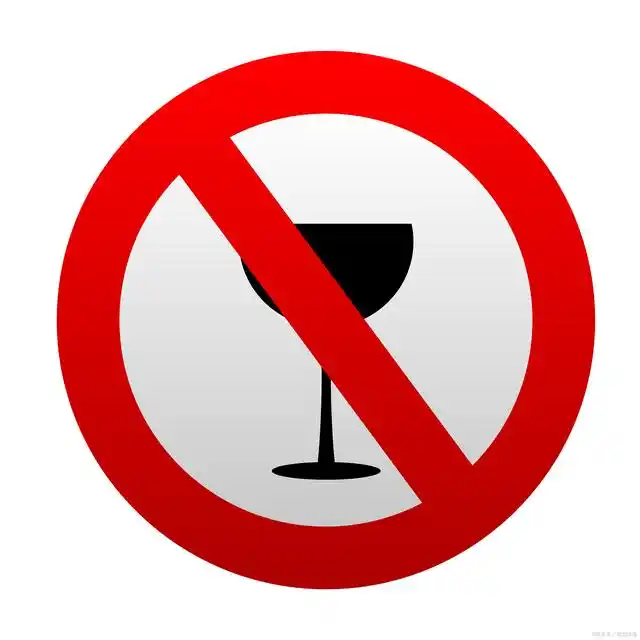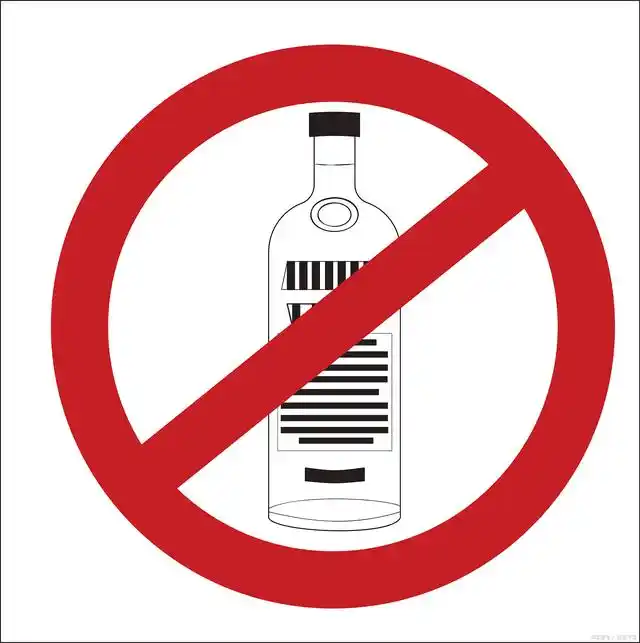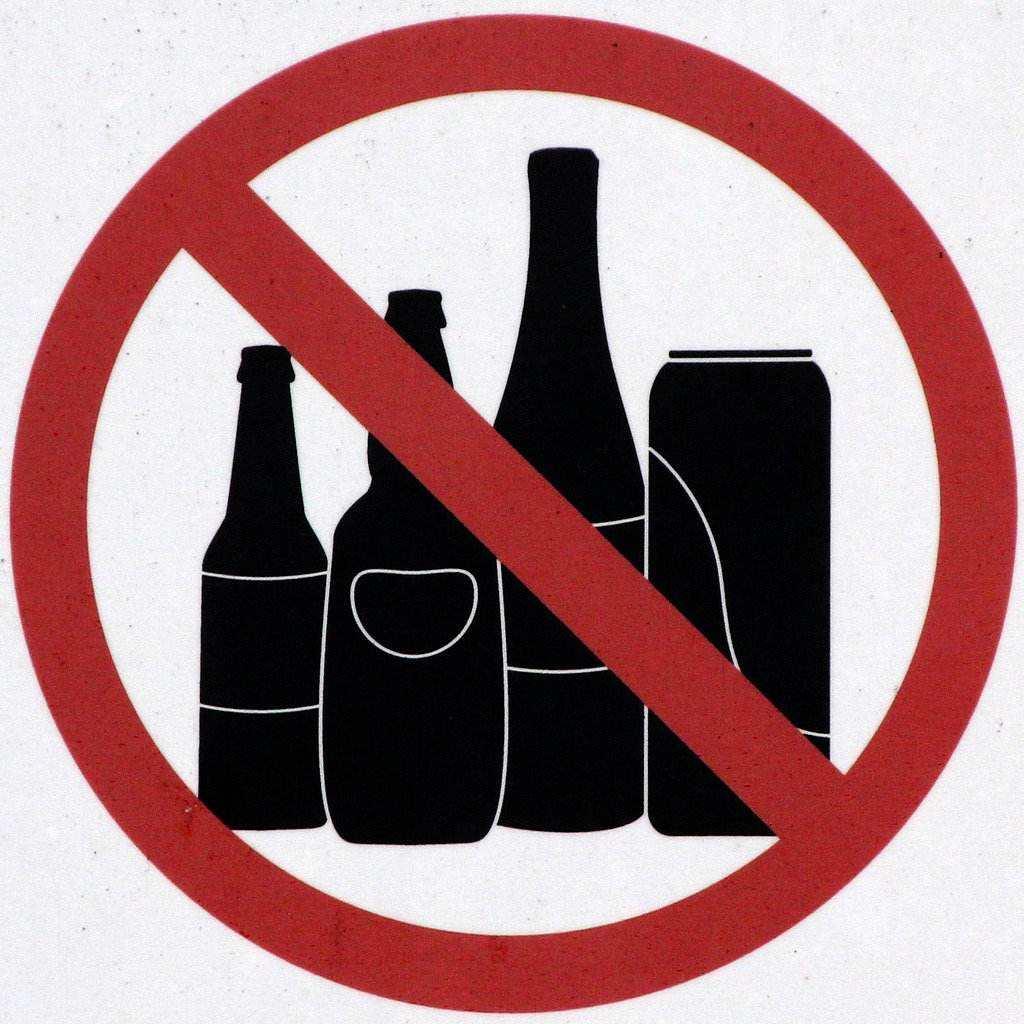The Unseen Toll: How Alcohol Permanently Alters Your Skin's Health
For many, alcohol is synonymous with socializing, relaxation, and celebration. Yet behind the temporary euphoria lies a sobering truth: alcohol’s impact on the skin is both profound and, in many cases, irreversible. While the immediate effects—flushing, puffiness, or breakouts—might fade after a night of drinking, the long-term consequences can permanently alter the skin’s structure, function, and appearance. Once these changes become severe, reversing them is an uphill battle, often requiring more than just abstinence.
To understand why alcohol inflicts such lasting damage, it’s essential to examine how it affects the skin at a cellular level. Alcohol is a diuretic, prompting the body to expel fluids at an accelerated rate. Chronic dehydration doesn’t just leave the skin temporarily dry; it depletes moisture reserves deep within the skin layers, reducing elasticity and suppleness over time. Collagen and elastin, the proteins responsible for keeping skin firm and resilient, begin to break down under repeated alcohol exposure. Ethanol metabolism also generates oxidative stress, releasing free radicals that damage cellular DNA and accelerate aging.
One of the most visible long-term effects is premature aging. Fine lines, wrinkles, and sagging skin appear earlier and more prominently in heavy drinkers. This is partly due to the depletion of vital nutrients like vitamin A, an antioxidant critical for skin repair and regeneration. Alcohol interferes with nutrient absorption in the gut, robbing the skin of the tools it needs to maintain itself. The result is skin that looks tired, dull, and aged beyond its years—a change that becomes increasingly difficult to reverse once collagen degradation reaches an advanced stage.
Another severe and often irreversible condition is rosacea. Alcohol dilates blood vessels, leading to facial redness and flushing. Over time, this repeated expansion and contraction can cause permanent vascular damage, resulting in persistent redness, visible capillaries, and inflamed bumps. For those already genetically predisposed to rosacea, alcohol can accelerate its progression from occasional flushing to a chronic, disfiguring condition. While treatments like laser therapy can mitigate some symptoms, the underlying vascular damage is frequently permanent.
Hyperpigmentation, too, can become a lasting legacy of alcohol abuse. Liver damage from excessive drinking impairs the organ’s ability to filter toxins and regulate hormones. This can lead to conditions like jaundice, where the skin takes on a yellow hue, or melasma, characterized by dark, patchy discoloration on the face. Once these pigment changes set in, they can be stubbornly resistant to topical treatments or lifestyle changes.
Acne and inflammation are also exacerbated by alcohol. It disrupts the balance of hormones like cortisol and insulin, leading to increased oil production and clogged pores. In severe cases, this can result in cystic acne, which causes deep, painful lesions and often leaves permanent scars. Even after discontinuing alcohol, the scar tissue remains, a lasting reminder of the inflammation that once raged beneath the skin’s surface.
Perhaps the most alarming impact is on the skin’s ability to heal. Alcohol compromises the immune system, slowing wound healing and increasing the risk of infections. Cuts, bruises, or surgical incisions take longer to close and are more likely to leave noticeable scars. This diminished capacity for repair means that damage from sun exposure, environmental pollutants, or even everyday wear and tear accumulates faster and becomes more challenging to address.
For those hoping to undo the damage, the path to recovery is fraught with challenges. quitting alcohol can certainly halt further deterioration and bring modest improvements—better hydration, reduced redness, and a healthier complexion—but many of the severe changes are permanent. Collagen loss, vascular damage, deep wrinkles, and scar tissue do not simply vanish with abstinence. Advanced dermatological interventions, such as laser resurfacing, microneedling, or filler injections, may offer some restoration, but these treatments are often costly, invasive, and unable to fully turn back the clock.
The key, then, lies in prevention and early intervention. Reducing alcohol consumption, maintaining a nutrient-rich diet, staying hydrated, and protecting the skin from sun damage can significantly slow the onset of these changes. For those already experiencing severe effects, a combination of medical treatments and lifestyle adjustments offers the best hope for improvement, even if full reversal remains elusive.

In the end, the relationship between alcohol and skin health is a stark reminder that some choices carry lifelong consequences. The temporary pleasure of a drink may come at the cost of permanently altered skin—a cost that, for many, is too high to pay.



发表评论